Of Old Radios And Related Items--Published Monthly
The Last Stand for Tube Radio
by Phil Macarthur
WEB EDITION
Tube radios are ancient history, but that's exactly why they continue to fascinate preservers of radio history. Phil MacArthur pursues that noble cause, despite the dismay of recipients of his "gifts." (Editor)
It's the summer of 1963 and the last few tube Trans-Oceanics are moving off the dealers' shelves. Transistors are appearing in several television applications, IBM has released at least two solid-state computers, and every teenager has an annoying little transistor radio in his or her pocket.
The colossal battle between the tube and the transistor is essentially over. (The vacuum tube will, happily, be with us indefinitely, thanks to high-end audio, musicians, and collectors.) Tubes would persist in television a bit longer, but the long day of tube radio, begun in the early 1920s with Federal, Kennedy and the gang, is finally done.
But, a few minutes before midnight, unusually large orders hit the doors of Toshiba, Futaba and Hitachi for five very familiar tube types -- yep, the 12BE6, 12BA6, 12AV6, 35W4, and the 50C5. The last shout for tube radio came from Japan in the form of a flood of very colorful, midget (about 100 cubic inches) AM radios bearing all manner of British nameplates -- Wales, Saxony, Essex, Windsor, Viscount, Kent.
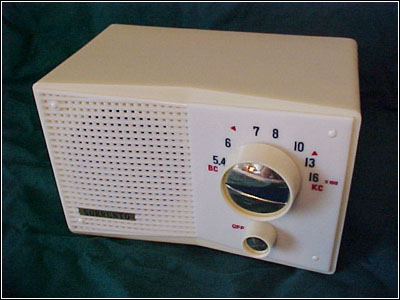
Figure 1. This radio branded the "Sorrento" shares the same chassis as other brands. Note the Civil Defense markings on the tuning scale.
Some names -- Hi-Fi Master, Fine Tone and Supreme -- would promise qualities impossible for these little guys with their 3-inch speakers to deliver. Other names trying to look "Anglo" were Montclair, Starlite, Dorset, Linton, Impala, Amico, Jupiter, Classic, and just one actual Far Eastern name -- "Sanshin." Figures 1 through 8 show some examples of these radios.
This last invasion of tube radios appears in Rexall, Woolworth, Dollar, and Five and Dime stores all over the country, and they sell for $5.95 or so, impossibly cheap. Some show up as kits, retailed by Olsen or Lafayette.
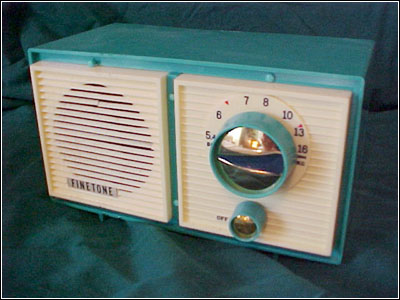
Figure 2. The Finetone bears a strong resemblance to the "Sorrento."
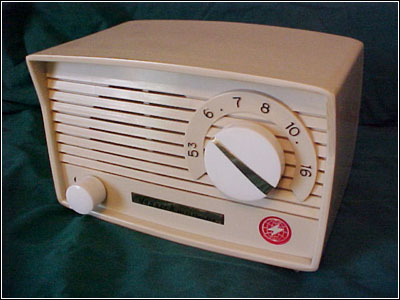
Figure 3. The "Monarch Hi-Fi Master" is an example of other radios from this series. The volume control is positioned at the far left rather than centered under the tuning knob.
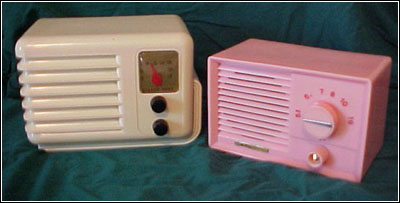
Figure 4. Two other examples of cabinet styling and knob placement are the "Mirror Midget," left, and the "Classic."
There is a welcome return of the Art Deco touch in the cases and a wonderful variety of color: red, pink, beige, turquoise, yellow, blue, green, mauve, taupe, ivory and more. These designs are the last of their type to be seen, as the whole world shifts over to a clean, black, utilitarian design.
These inexpensive sets had several nice extras: most have tube clamps, all have heat shields over the 50C5 and 35W4, most have solid brass nameplates, and all have backs bolted to the chassis or case or both. All have schematics glued to the bottom, although, if you've seen one "All American Five" circuit, you've seen them all.
Attention-Getters in 2004
We move now to 2004, a time when most of us have all the Catalins we can afford, all the consoles that fit, and that very last battery set we needed. Suddenly, here are all these lovely little colorful plastic radios celebrating their 40th birthday and looking for a home. The 30 or so I've found at radio meets and on e-Bay have cost me an average of $20, and they get more attention from visitors than any other genre I display.
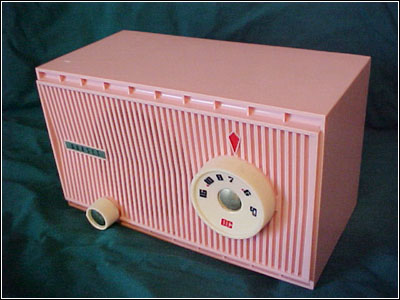
Figure 5. The "Dorset" is the only model to have its tuning scale on the knob rather than on the cabinet.
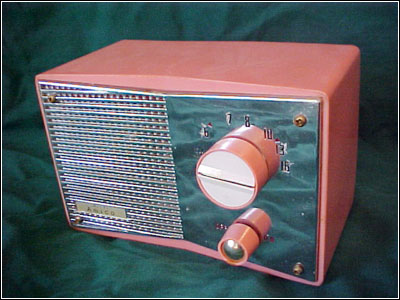
Figure 6. The "Amico" shares the same chassis as several other models.
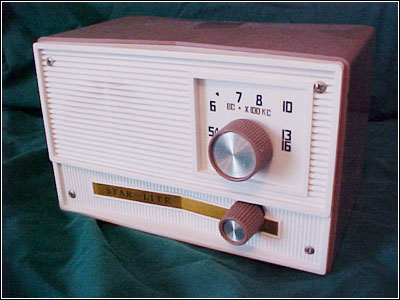
Figure 7. The "Starlite" differs only in cabinet styling and knob type.
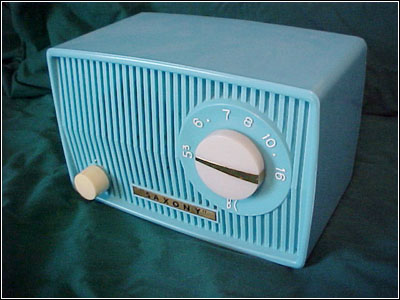
Figure 8. The "Saxony"model bears a strong resemblance to the "Classic" shown in Figure 4.
I keep the AC cords wrapped up inside the back because, let's face it, no one really wants to hear the "fine tone" or "hi-fi mastery" these sets produce. Still, they're no worse than the Federal 59 in the next room. I've even used some as gifts; my friends really are surprised to get a radio that has to "warm up" and "only gets AM." It's usually just a month or so until they're speaking to me again.
(Phil MacArthur, 701 Spanish Maine Dr., #71, Summerland Key, FL 33042)
Phil MacArthur teaches mathematics at the Florida Keys Community College in Key West, Florida, and has collected radios since the 1950s. Please e-mail comments to keywestmac@cs.com
�
| [Free Sample] [Books, etc., For Sale] [Subscribe to A.R.C./Renew] [Classified Ads] [Auction Prices] [Event Calendar] [Links] [Home] [Issue Archives] [Book Reviews] [Subscription Information] [A.R.C. FAQ] URL = http://www.antiqueradio.com/Feb04_Macarthur_TubeRadio.html Copyright © 1996-2004 by John V. Terrey - For personal use only. Last revised: January 30, 2004. For Customer Assistance please contact ARC@antiqueradio.com or call (866) 371-0512 Pages designed/maintained by Wayward Fluffy Publications
Antique Radio Classified |